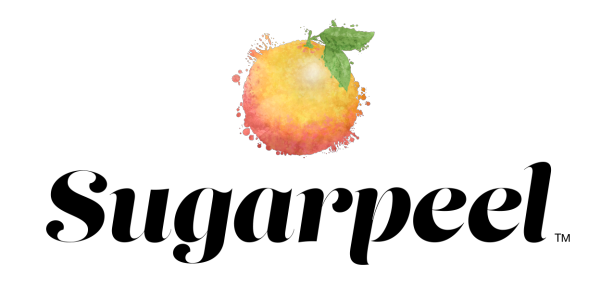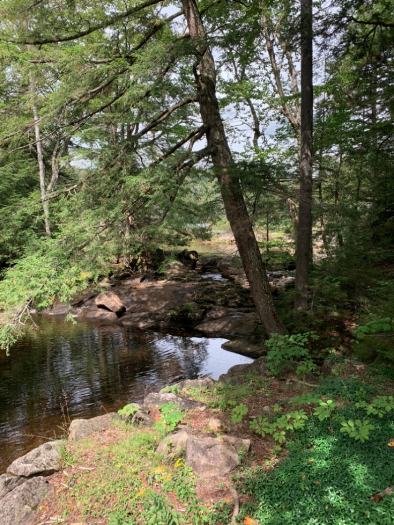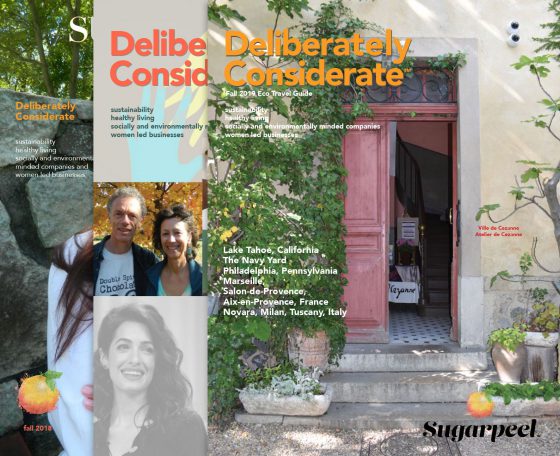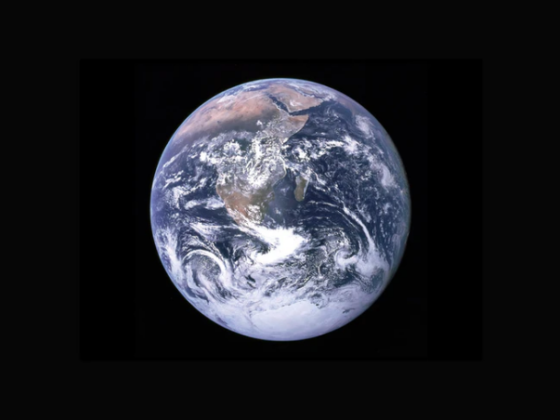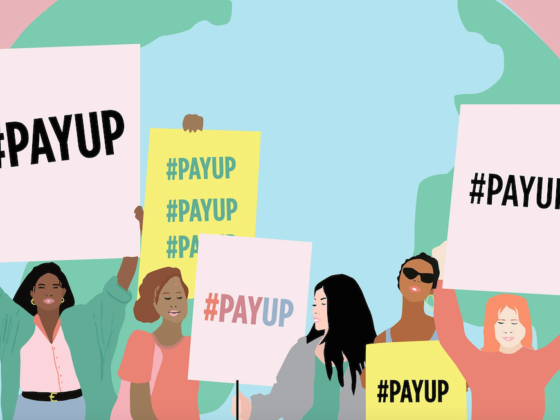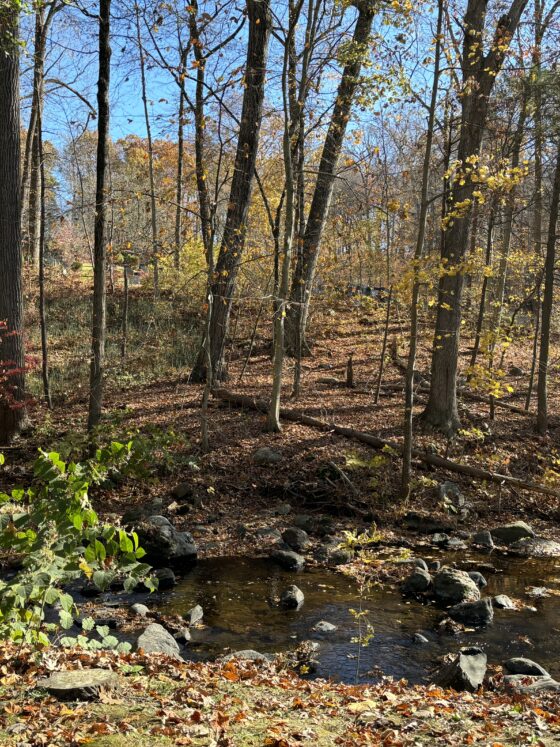The distinction between “the” and “our” is one to consider, especially during our global climate crisis.
60% of water pollution is attributed to litter. Most common offenders include cigarette butts, food wrappers, plastic, plastic bags, beverage cans, tire debris, straws, and disposable cups.
Here’s how litter effects the environment: litter releases toxic emissions into the air whether it is burned or soaks into the soil, germs and bacteria from litter can spread diseases, litter can end up in water and soil, which in turn contaminates our drinking and food sources (both people and animals,) and is responsible for killing at least 100,000 dolphins, fish, whales, turtles and other species every year.
If you want a real wake up call, read these horrifying statistics on the plastics in our oceans.
Multiple reasons are given to explain why people still litter today. One of the main reasons is laziness. This may be so, but there is a larger issue, perhaps one that may not be as obvious or readily discussed… a detachment.
Since the 1950’s our production of single use plastic has increased. More than 9.1 billion tons to be exact. On one hand, since there is more waste it stands to reason that more waste would be littered and need to bread down somewhere- i.e landfills and the oceans.
However, a point has been made by Berkeley University of California, that technology has also increased steadily in our lives since the 1950’s. Technology has been argued to be a main reason for experiencing a disconnection with nature itself and therefore no real loyalty or attachment to the environment. The supportive research found that after examining books, songs, and movie and documentary storylines, the analyses revealed a consistent decline since the 1950’s in Nature topics, which is less present pop culture today than it was in the first half of the 20th century.
Many studies have shown the benefits of nature on the mind and body. One in particular by the Yale School of the Environment. Their study of 20,000 people, found that the participants who spent merely two hours a week in green spaces, which include local parks or other natural settings, either all at once or over several visits, were significantly more likely to report good health and psychological well-being than those who do not spent time in nature.
How do we return then to nature or instill the respect, love, and appreciation for nature that might be taken for granted? Indigenous people have a unique by comparison to other cultural groups, relationship with Mother Earth. Faithkeeper of the Turtle Clan of the Onondaga Nation, Oren Lyons, shares that the Haudenosaunee have ceremonies around the lunar clock including the strawberry ceremony to celebrate the first fruits. Oren states, “These are big celebrations when people come together to honor, acknowledge, and give thanks to the environment for nature’s gifts through dances and speeches.”
Our appreciation as a culture may not be as strong or dedicated as the Natives, but we do have a chance to connect with nature, now especially during this pandemic. Perhaps reconnecting with nature and experiencing the restorative and healthy benefits may deepen our respect and therefore even though it may be easier to toss our trash on the ground, we will refrain. We will consider that it is Our environment, not simply The environment.
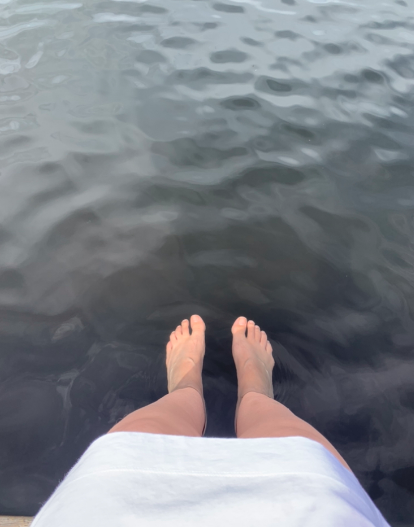
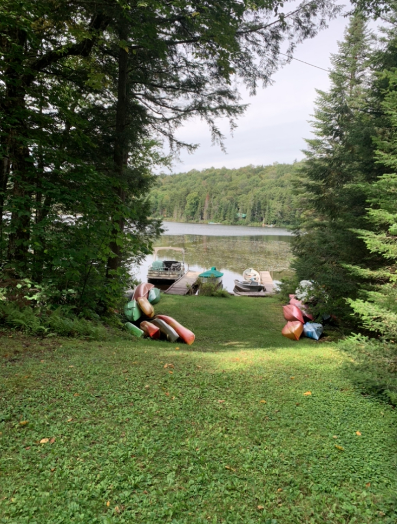
Your weekend mission: spend two hours outdoors. Take a walk, sit on a bench, listen to music outside, have a picnic. Take it all in, the trees, plants, flowers. Pay attention to your surroundings. Take deep breaths and enjoy the gifts that we have been given.
